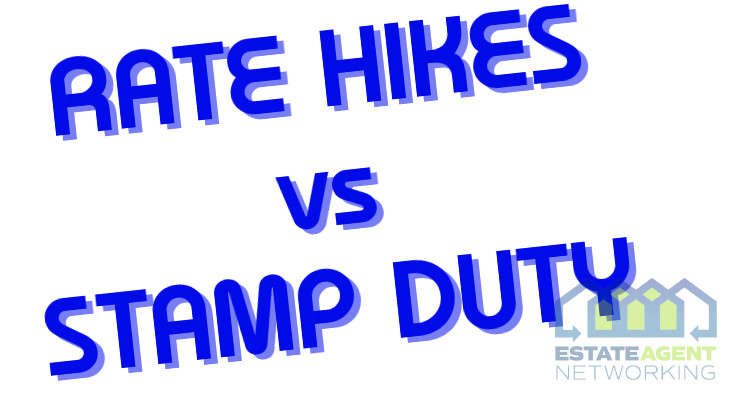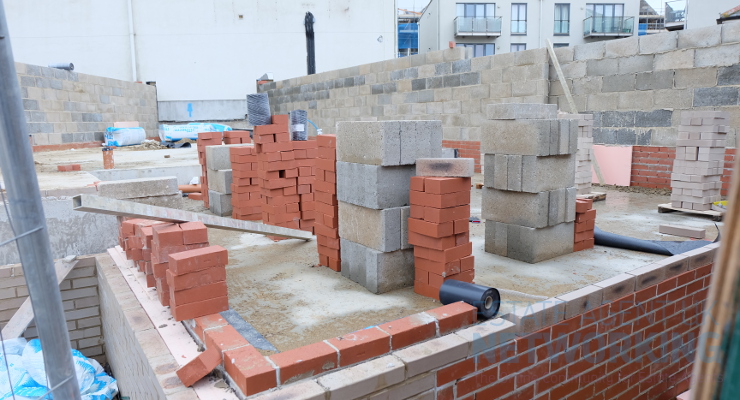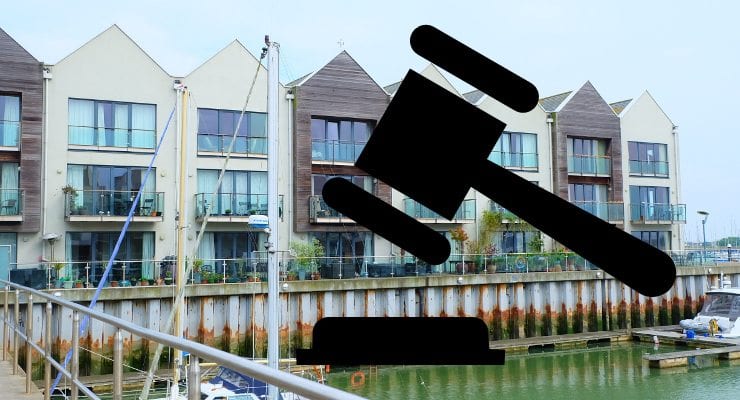Interest Rate Rises vs Stamp Duty Perks
Of recent years we in England have seen historic lows, and for lengthy periods, of interest rates. Between 2009 and 2016 they remained at just 0.5% and going lower still until a steady climb of recent months in 2022 seeing an increase to 2.25%. Many countries would dream to own such a low rate, though for many property owners here these tiny adjustments upwards added to the increasing property prices paid is likely to lead to further financial constraints especially if we add to the pot inflation rising such as the frequently reported utility bill costs and food.
For those without a fixed rate mortgage or those seeing their fixed rate mortgage deals ending soon, the rise of interest rates will have a negative effect on their month bills. Though in recent months, and the surge during the pandemic period, property prices have risen with many recent headlines on record increases such as ‘British house prices jumped by the most in more than 16 years this month, soaring by 13.4% from June 2020‘ source reuters.com
Property in short supply with many regions across the UK in high demand fuelled the markets further especially in midlands, coastal regions and across Wales too.
So values of property up vs inflation up, interest rates rising will certainly be a negative ‘property prices’ and especially to those already struggling with monthly payments or those who have very recently entered the property ladder. Is there a white knight on the horizon though?
Stamp duty is always a big positive to the property market, mostly in further hiking up prices in my honest opinion. The recent cuts announced will of course stimulate the market and benefits primarily those looking to purchase to make property slightly more affordable again. Though is this enough to hold the market and prevent a decline of property prices – Maybe it simply cushions the downward slide somewhat?
From £125,000 of no stamp duty to be paid we are now at £250,000 and the threshold where duty was paid for first time buyers has risen from £300,000 to £425,000. The maximum value of a property on which first-time buyers’ relief can be claimed will also increase from £500,000 to £625,000. Surely though, these gestures from the government are nothing more than them restructuring their thresholds to deal with current price structures?
What the purchaser will save most likely will be added on by the seller right? Though what it might also enable is for those millions of property held by landlords, whom are seeing ever tightening rules and regulations along with diminishing earnings, a way out of the market and an increasing of home ownership stats in England?









